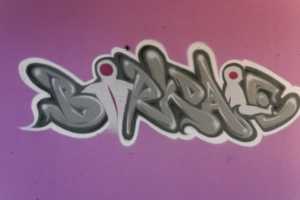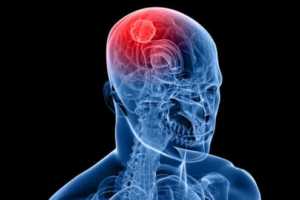I have been studying the effect of eye movements in neurological patient groups since year 2000. I was very excited to read Andoret van Wyk’s article. This article described my experiences exactly. Poor ocular movement’s results in inattention as well as head tilt and poor spatial awareness.
The Author reports that 70% of stroke patients are affected by eye movement disorder. These include:
- Difficulty in maintaining the normal ocular positions may result in disconjugate eye movement,
- Difficulty moving the eyes appropriately,
- Strabismus one eye or both eye deviate,
- Nystagmus,
- Difficulty with spontaneous and voluntary movements of the eyes during functional activity may include saccadic eye movement,
- Rapid eye movements that shift from one target to another smooth,
- Pursuit eye movements that serve to keep the eye on moving target,
- Fixation ability,
- Convergence,
- Hemianopia
The following are some of the difficulties I have seen in my stroke patients:
- Patients have difficulty in all daily living activities such as inability to navigate through narrow spaces and difficulty in walking indoors without knocking objects about.
- They have difficulty looking to the direction of movements for example if they need to turn around they take many steps to achieve this task.
- They have difficulty organising themselves from sitting to standing or vice versa because they do not look to the direction of movement; down to sit and up to stand.
- They have difficulty in crossing the road as the pursuit is affected.
- They have difficulty in balance reactions this is because of head tilt as well as poor vertical eye movements.
- They have difficulty in lateral balance as they do not look to the direction of movements.
- While walking they look down as their saccade is affected.
The perception difficulties are also a big issue. For example in a room with many pieces of furniture they have difficulty navigating around or between the furniture. They have difficulty judging if their cup is full as they have no depth perception. There are difficulties in drawing a complete picture or realising some part of the picture is missing.
There are difficulties in copying or matching pictures. In this case you can predict that there would be difficulties in their daily life; as they are not able to organise their body in space.
What we look at, the images that we see, are interpreted by the brain. Interpretation of visual input is vitally important for aligning and maintaining the body in space which is fundamental to the successful movements in everyday life.
Vestibular system is also affected. Stroke patients have reduced vestibular ocular reflex. This is inability to use the ocular muscles that move the eye horizontally or vertically which is vital in gait.
As mentioned before because of poor ocular motor skills head is shifted to one side so that they cannot get better images which in turn hugely impacts on their ability to transfer weight from left to right and right to left. It affects the visual space and the visual loss can cause inattention.
“Visio motor deficits and visual perceptions impairment as a result of eye movement’s disorder may affect an induvial ability to respond to sensory inputs from the environment, the task results in change in the posture control that leads to increase functional dependence.”
In the first instance the assessment is crucial.
- Pay attention to head and neck alignment; if the head it tilted to the left and or tilted to the right or is held in extension or flexion.
- As the person looking at you ask them without moving their head to look to the left and back to middle and to the right.
- Check for strabismus, if the eyes are not aligned.
- Ask them to follow an object from left to right.
- Visual perception test are vital as without them you cannot identify their difficulties with any certainty.
- VOR (vestibulo ocular reflex) and vertical eye movements should be tested. (They can be done in various ways the simplest form is on an air cushion when the lower limbs move and they have to look to the opposite direction).
- Vertical eye movements are tested when a person lying on the peanut ball and moving up or down.
- Work closely with a behaviour optometrist.
@Birkdale neuro rehab centre we have developed many ways to combine eye movements in our work with our neurological patients.
“Across – section survey and cross sectional clinical trial to determine the prevalence and management of eye movements disorder and vestibular in post stroke patient.”
By Andoret van Wyk htp;/frontiersin.org/people/u/357823




